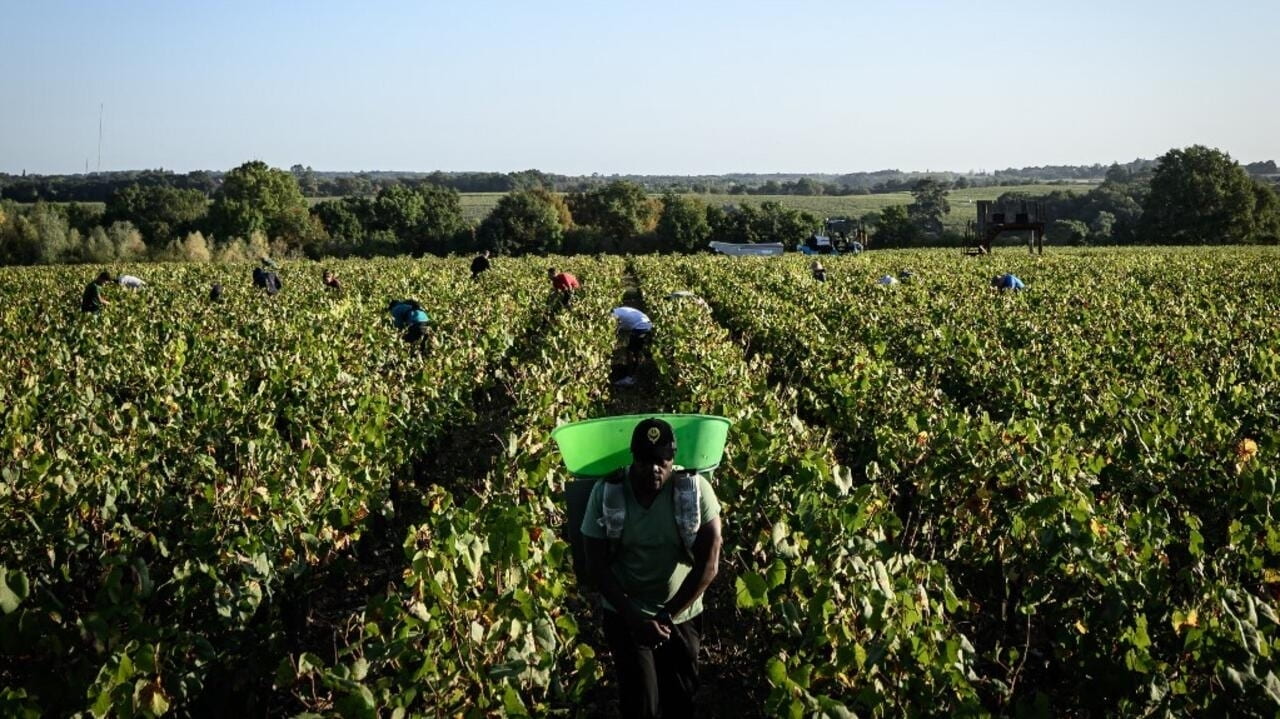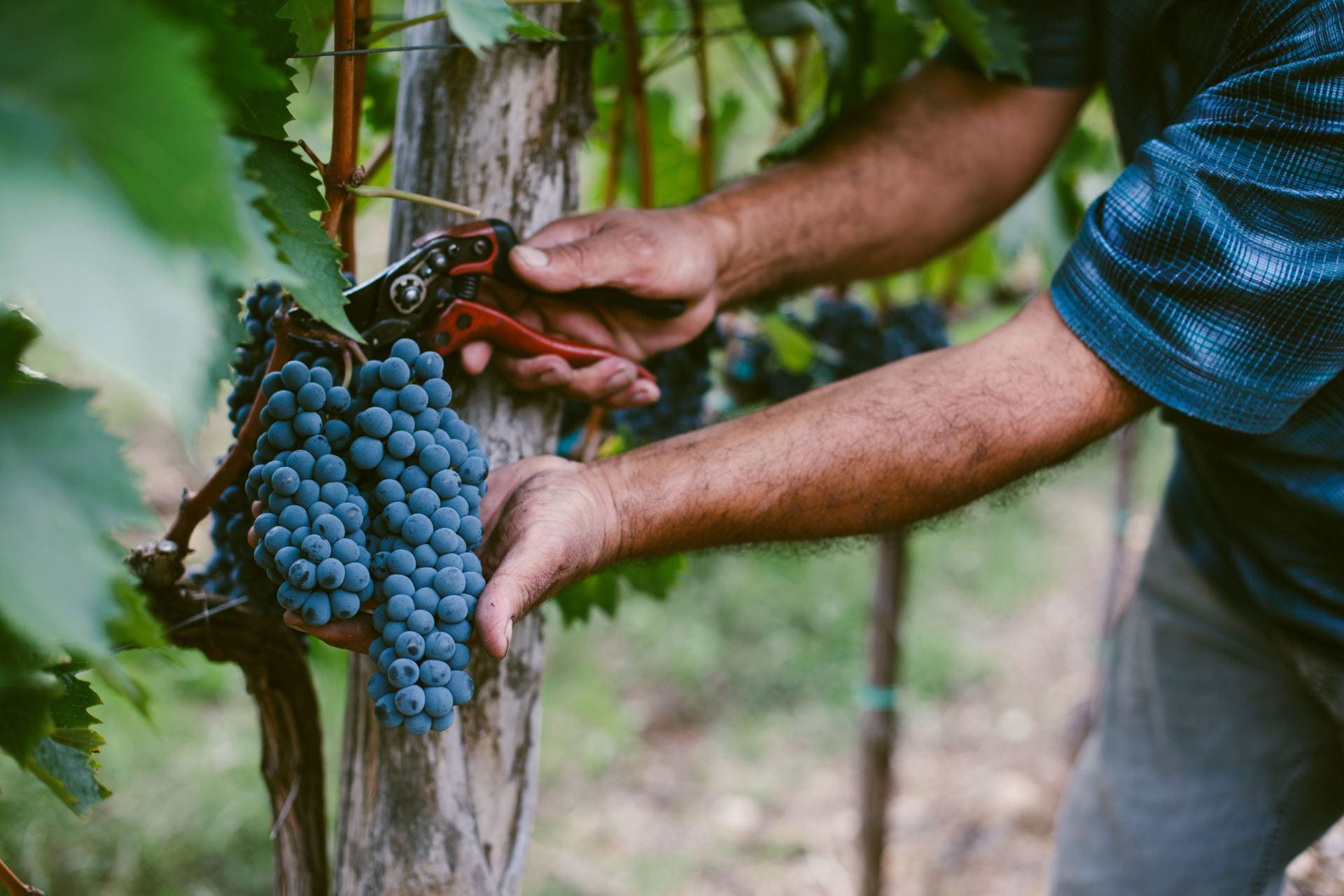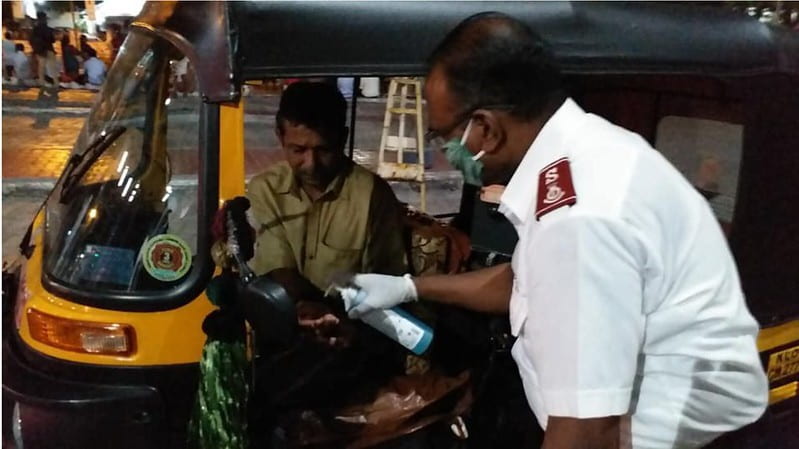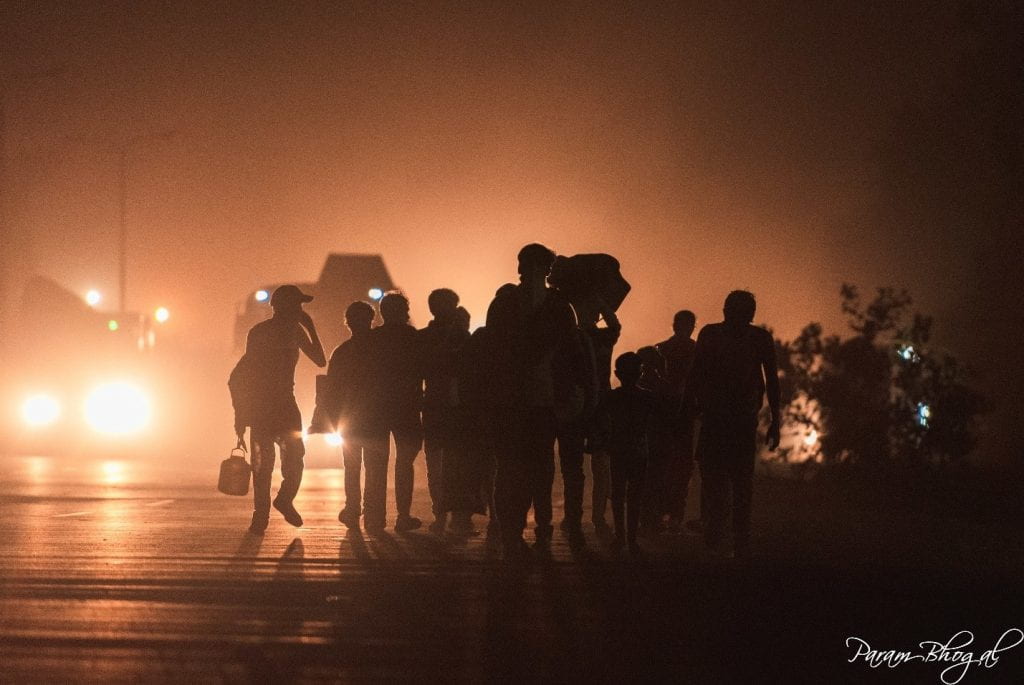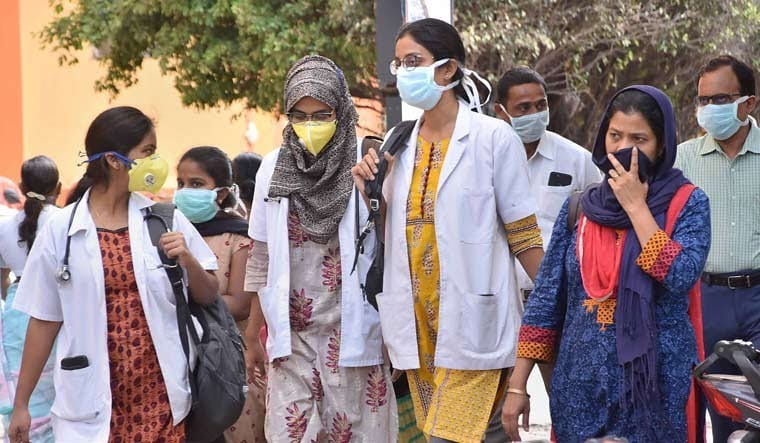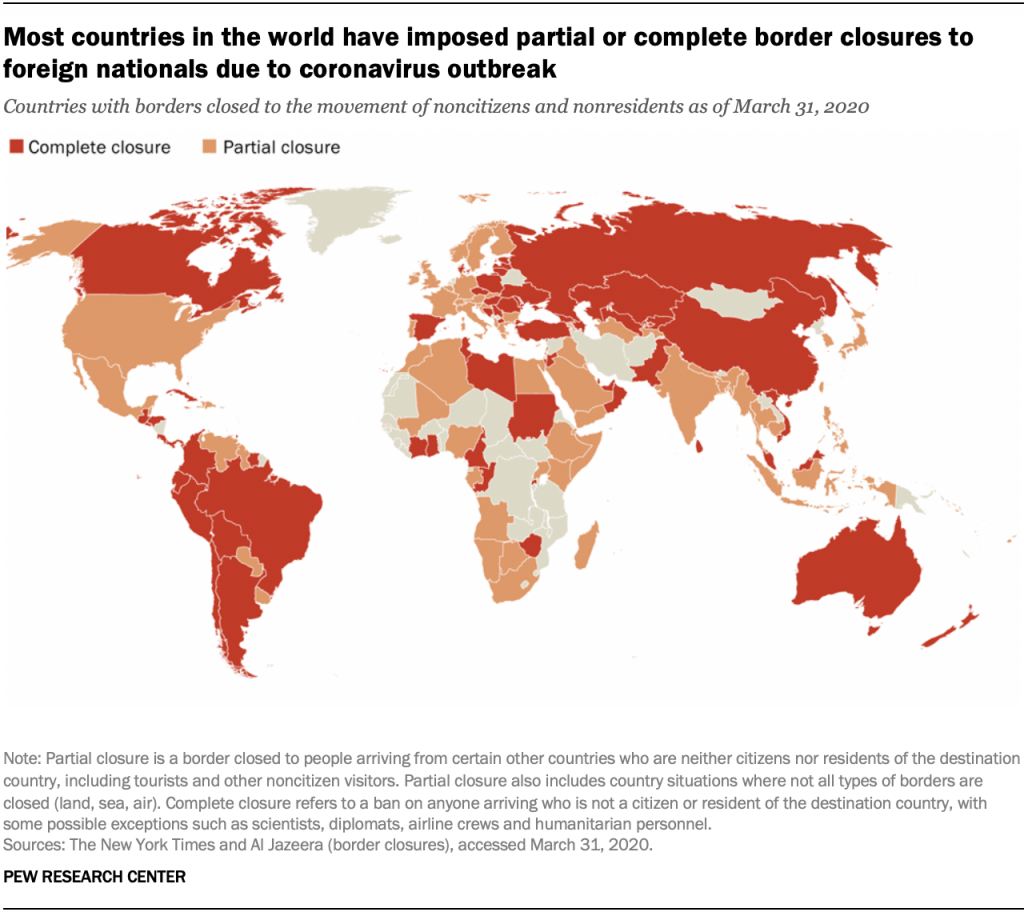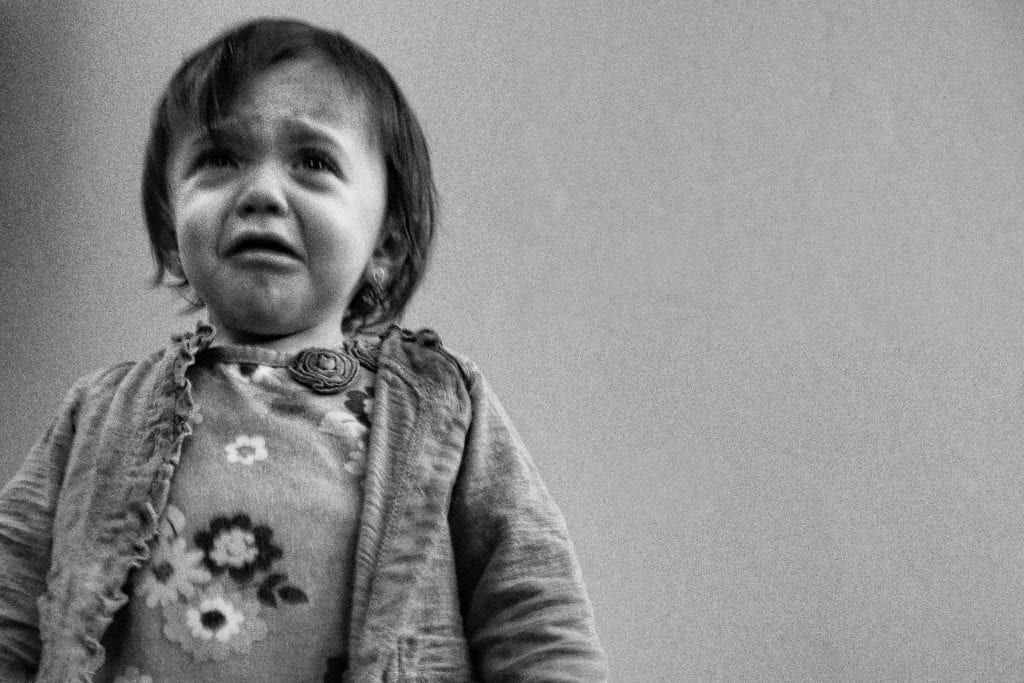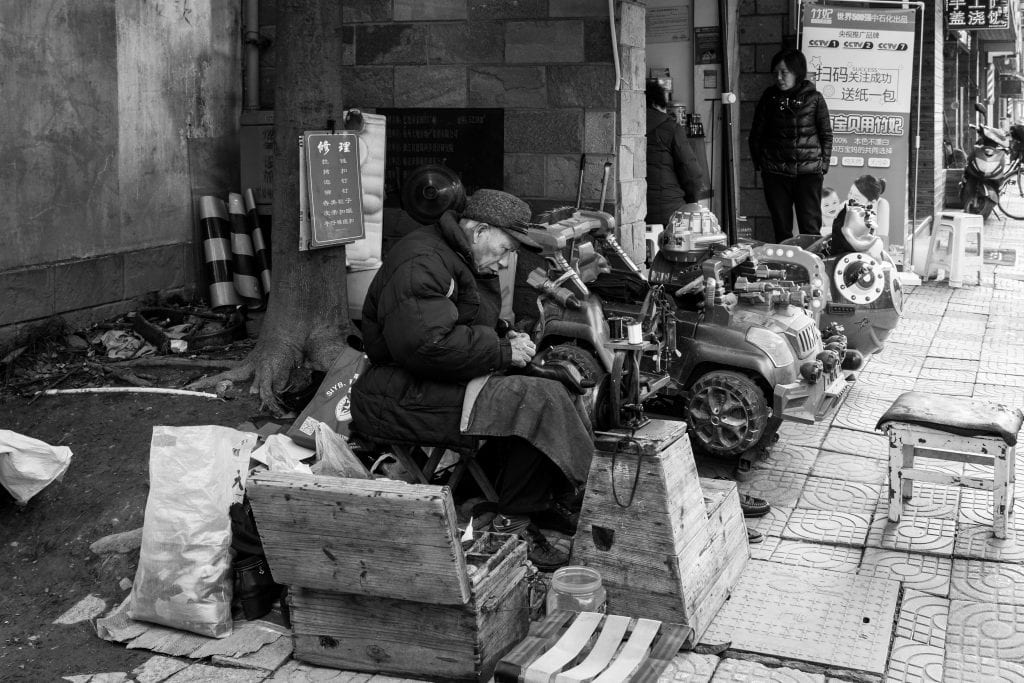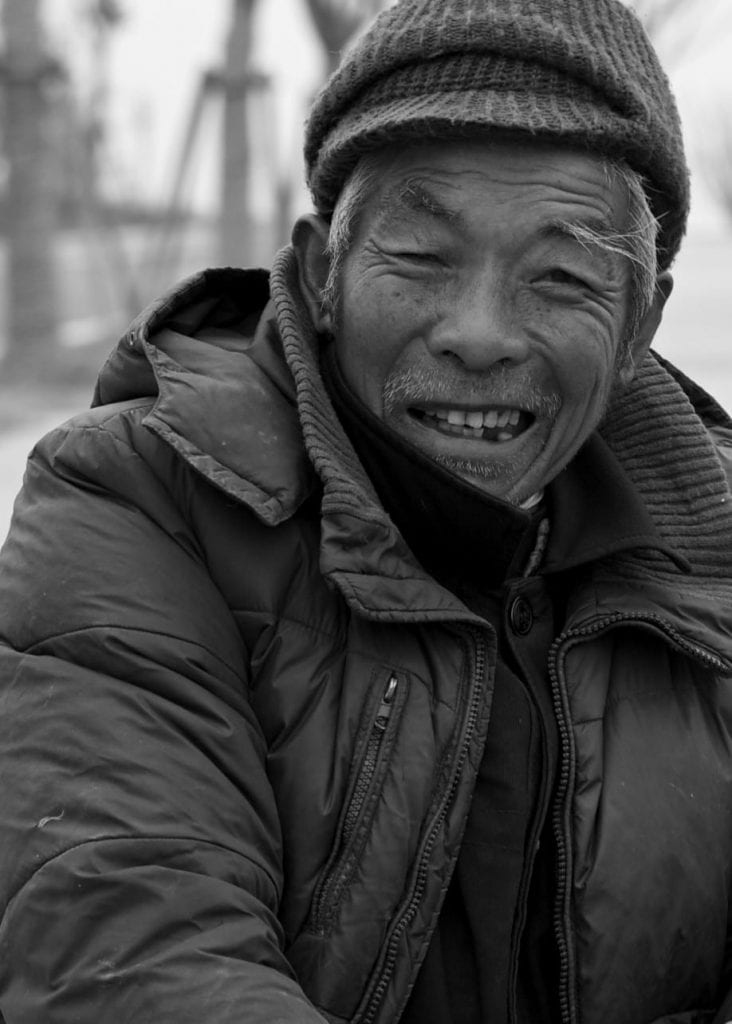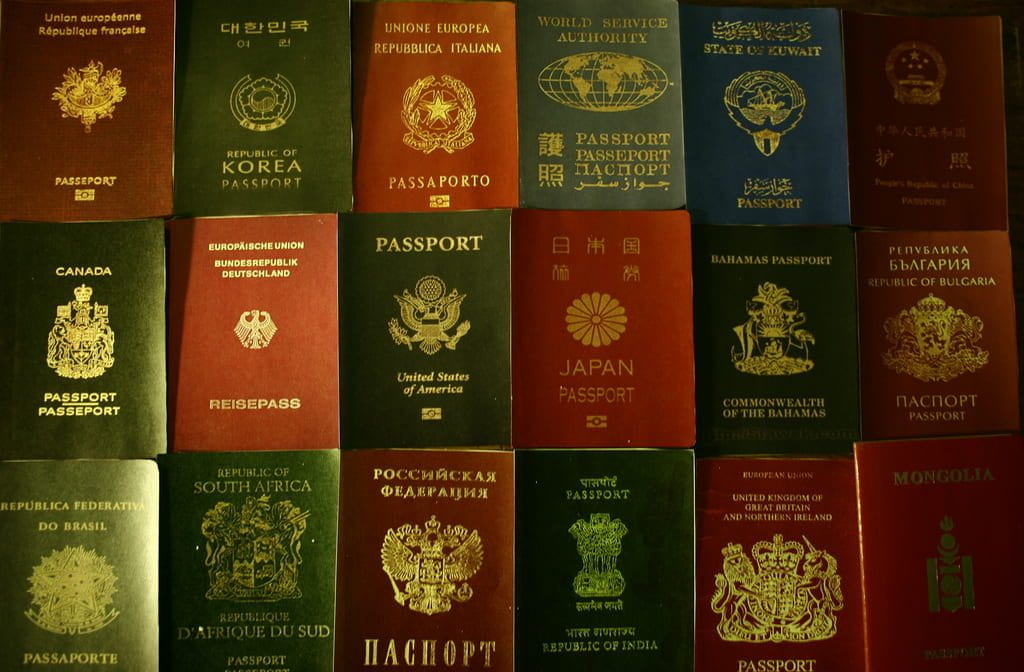Throughout the past decade, the European Union (EU) has seen a rapid influx of refugees entering its countries as people flee violence, war, and persecution. Though this number peaked in 2015, a notable amount of migrants have continued to enter Europe, with roughly 385,000 seeking safety in European countries throughout 2023 alone. While irregular border crossings make up a small percentage of total immigration, concerns surrounding asylum-seekers and migrants have risen throughout the EU and have become highly politicized topics. Today, many countries in the region argue for strict border protections and harsher policies to be implemented into the union.
Being a coastal nation, Italy claims it has received a greater burden than other EU countries have, taking in over one million migrants since 2013. To counter this, Italy has recently entered into a deal with Albania, hoping to minimize immigration numbers. This agreement, pushed forward by Italy’s anti-immigration prime minister Giorgia Meloni, allows Italy to build and manage immigration detention centers within Albania’s borders and promises quicker screening of asylum claims. Albania will only receive those from “safe” countries, or nations the agreement deems free from violence and persecution; those seeking refuge from countries outside this list will continue to have their claims heard in Italy. While many argue that this system is an innovative solution to the question of immigration throughout the European Union, these decisions have been criticized by human rights advocates and Italy’s own judicial branch and raise concerns surrounding the treatment of asylum-seekers on a global scale.

What is the Italy-Albania Agreement on Migration?
The Italy-Albania migration deal, finalized earlier this year and set into force in October, is an agreement between the two countries and is meant to reduce the number of immigrants entering Italy. Under this program, male asylum-seekers from predetermined “safe” countries found outside the European Union’s territorial waters are transferred to detention centers in Albanian cities. At these centers, detained migrants will experience expedited screenings, receiving their claim results in 28 days or less, with each person’s claim being reviewed by special courts. Based on the verdict, those granted asylum will be transferred to Italy, and those whose claims are rejected will be repatriated or sent back to their home country. Women, children, and vulnerable groups will be immediately sent to Italy, and it is promised that families will not be separated.
This project is set to last for five years, process 36,000 claims annually, and have a total cost of 670 million euros, or $729 million. Albanian detention facilities will fall entirely under Italian jurisdiction and be fully staffed by Italian citizens, obligating these centers to remain compliant with the European Union’s laws on immigration and protected by the European Convention on Human Rights. As mentioned, these centers will only detain those from “safe” countries. These are countries that the agreement deems free of persecution, torture, and other forms of inhuman treatment. This list originally included 22 nations but was recently reduced to 19. It lists countries such as Egypt, Tunisia, and Bangladesh, and happens to include nations with some of the highest migration numbers. Migrants from these countries can still apply for asylum, though the odds of being granted are slim, as the agreement acknowledges that most of these claims will be rejected. Those whose claims are rejected will remain in Albania until plans are made to return them to their country of origin.

Objectives of the New Italy-Albania Migration Deal
One of the primary objectives of this initiative is to reduce overcrowding along the Italian coast and islands, where an average of 100,000 migrants arrive each year. Typically, asylum claims are applied for at the Border Police Station. By relocating potential immigrants before they reach this destination, the average is expected to shrink. Similarly, by targeting refugees from safe countries, the likelihood that these claims receive an asylum grant is small, meaning fewer people are taken into Italy. This all feeds into one of the biggest reasons behind this deal: deterrence. As asylum claims are rejected in higher numbers and refugees cannot reach the European Union, the Italian government hopes that this will discourage others from attempting this journey.
Threats to Human Rights
This agreement has remained controversial since its inception, with many people questioning its adherence to human rights protection, mainly regarding the treatment of vulnerable populations, prolonged detention, and the right to nationality. Under this agreement, those considered “vulnerable,” such as those in need of specific medical attention or with serious medical conditions, are at risk of not receiving proper treatment, as the law lacks written procedures to help such groups. As Amnesty International points out, “there is no clarity on whether such procedures would take place on board the rescue vessels or after disembarkation in Albania,” meaning there is no reassurance that at-risk groups will receive medical attention in a timely manner. This concern has appeared to have some validity, as it has recently been exposed that there are no mechanisms aboard ships that could properly classify someone as vulnerable. Similarly, a majority of asylum-seekers experience some sort of physical, sexual, or psychological abuse prior to or during their journey that would grant them protection from detention.
This program also puts refugees at risk of prolonged detention. International migration standards assert that migration-related detention should avoid being prolonged or indefinite. While the Italy-Albania agreement writes that asylum claims should be granted within 28 days of detention, all necessary procedures, including organizing repatriation, could take up to 18 months. Similarly, the treaty does not write out an explicit cap for detention, meaning detention could continue to surpass the initial 28-day goal.
The Italy-Albania migration deal also raises concerns regarding the right to nationality. Following a rejected asylum claim, plans regarding repatriation are then made with the refugee’s country of origin. However, states may ignore these requests or refuse to work with Italy. Being rejected by Italy and without the support of their home country, asylum-seekers may be left without international representation, thus rendering them devoid of nationality.

Pushback
This program has also been relatively controversial within Italy, with the Italian courts pushing back against Prime Minister Meloni’s plan. Following the first ship of migrants arriving in Albania, the national courts ruled that all 16 asylum-seekers be transferred to Italy rather than remain in the outsourced detention centers. Though coming from the list of safe countries, the judges concluded that the repatriation of the refugees would put them at risk of violence, thus accepting their asylum claims. More recently, the courts ordered the transfer of seven more men from Albania to Italy, again going against the vision presented by Meloni’s government. In this case, the courts explained that for a country to be deemed safe, all cities and regions must be free of persecution and violence, not just select areas. Between these two cases, all 24 detainees have been sent to Italy following their forcible detention in Albania.
This program is also largely unpopular among the Italian populace, with only 30% approval.
This deal follows other agreements Prime Minister Meloni has made with other states regarding immigration. In 2023, the Italian government and the European Union provided monetary and technical support to Libya, encouraging their coast guard to intercept fleeing citizens and forcibly bring them back to the country. Those who attempted to escape were left vulnerable once they returned, often being subjected to various human rights abuses such as torture and sexual exploitation. Prime Minister Meloni has also offered to provide financial assistance to North African countries in an attempt to minimize immigration.
Conclusion
Though initially regarded as a promising answer to European migration, the Italy-Albania agreement has been frequently challenged by both human rights institutions and Italy’s own courts. Though all Albanian detainees have been transferred to Italy, this program raises questions regarding the treatment of refugees, making this issue important to monitor.
